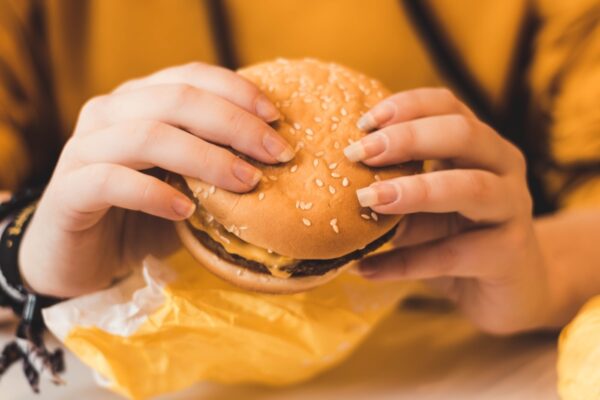Which fast food chains are the most sustainable?
Undoubtedly, the fast-food industry is growing at a rapid rate, with its market size being valued at $647.7 billion in 2019 and now being estimated to reach $931.7 billion in 2027. Chains are increasing their number of restaurants and new chains are emerging around the globe. Like many other industries, fast food chains are trying to tackle climate change and reduce their impact on the planet by reducing waste and plastic usage, providing sustainable food options, and supporting eco-farming. However, not all chains are making the same effort.
The most climate-friendly food chain is, without any hesitation, Chipotle. This American food chain releases annual climate reports, which show the targeted measures and whether those goals have been exceeded, met, or if they are still behind on them. Chipotle is aware of the impact of meat on the environment: they have meatless options, such as sofritas or the veggie bowl, and they have rigorous rules regarding animal rights. For instance, when they found out one of their pork suppliers violated the company’s animal-welfare policy, they decided to eliminate carnitas from the menu in one third of their restaurants. As well as being transparent, the food-chain also has a tracker, which provides information on the environmental impact of all its ingredients. Given all the initiatives they have to be more climate-friendly, the tracker shows how much carbon has been added to the atmosphere and water has been saved.
Other positive initiatives include the Harvest Program, in which they donate their leftovers to local communities. By doing this, they not only help people cover their essential needs but also reduce carbon emissions, by fighting against overproduction.
In 2008, Starbucks announced that they would create a fully recyclable paper cup but it has not happened yet
Unfortunately, other food chains who have followed in this company’s footsteps are still behind on their sustainable food efforts.
Starbucks is the largest coffee chain in the world and its only green policies involve removing plastic straws and making their cups recyclable. If you read their environmental stewardship, they use expressions such as “trying to” or “committed to”, with regards to green policies, but actual facts and practices are nowhere to be seen. Their green targets are for 2030 but there are reasons to be skeptical about them: in 2008, Starbucks announced that they would create a fully recyclable paper cup, but it has not happened yet. In fact, their current recyclable paper cups are not completely recyclable, as they are lined with polyethylene plastic coating.
Other coffee companies, such as Larry’s Coffee, provide sustainable, organic, and shade-grown (bird-friendly) coffee and recyclable cups. However, the type of coffee or cups is not what makes Larry’s Coffee stand out: it is the fact that they support sustainable agriculture and that their equipment, as well as their offices, are eco-friendly too. They use rainwater and solar power to power underfloor heating. Taking into account the efforts of other smaller coffee companies such as Larry’s Coffee, it can be questioned the extent to which Starbucks is really committed to the environment.
The next food chain to look at is Subway, whose apparent ambition is to reduce environmental impact and preserve our planet’s health. Like most modern fast-food chains, their cutlery is recyclable and their napkins are made from 100% recycled material. Other efforts include meatless options, recyclable packaging, and paper menus, instead of plastic. Although all these initiatives help to reduce the consumption of plastic, loyalty cards, (which are 30% recyclable), and menus could be eliminated altogether by making them digital.
According to their website, they not only use eco-friendly farming products to reduce their carbon footprint but also to provide healthier meals to their customers. There are also five eco-restaurants within the franchise, which use solar panels to generate electricity. However, the latter cannot be considered when judging whether or not they are truly sustainable overall as Subway is a franchise, which means that eco-restaurants are a choice made by the owner of each restaurant, rather than a goal by the company.
It seems that ‘greenwashing’ has become the new marketing campaign for
most fast-food restaurants
Lastly, we have the American fast food company McDonald’s. Efforts to prove they are a green company have been seen in their controversial no-plastic straws, meatless options, and the use of recycled paper for their napkins and packaging. All these practices seem truly environmental-friendly, but they mask the sad reality.
Despite their efforts to be considered green, McDonald’s is still the world’s largest user of beef. Their five meatless options cannot hide the fact that they use beef reared on ex-rainforest land, which prevents its regeneration. Not only do they use massive amounts of land and water for their products but also use chemicals that harm the animals and the environment. The brand has even faced accusations of animal cruelty.
Unfortunately, it seems that ‘greenwashing’ has become the new marketing campaign for most fast-food restaurants. Their efforts are only translated into recyclable material and very few meatless options. Their green actions are only the ones visible for the consumer and their final price is still not reflecting the environmental cost of their cheap products.

Comments